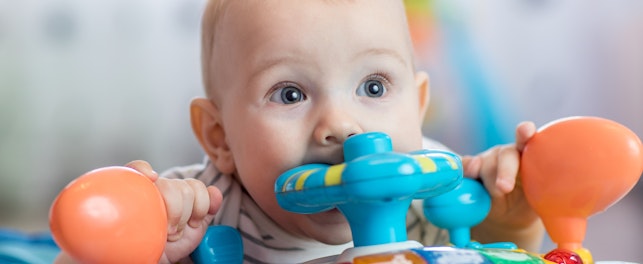SG 64/24
Minnesota has issued a guideline for the restriction of lead and cadmium in various product categories as provided under Minn. Stat. § 325E.3892.
In May 2023, the governor of Minnesota signed HF 2310 (Chapter 60) into law to regulate, among other things, products containing lead and cadmium (SafeGuardS 66/23).
Under this law (Minn. Stat. § 325E.3892) the lead and cadmium content in the following 15 product categories is restricted to 90 ppm (0.009%) lead and 75 ppm (0.0075%) cadmium.
- Chalk, crayons, paints and other art supplies
- Clothing, footwear, headwear and accessories
- Cosmetics and personal care products
- Costumes, costume accessories and children’s and seasonal party supplies
- Craft supplies and jewelry-making supplies
- Cups, bowls and other food containers
- Fidget spinners
- Jewelry
- Keys, key chains and key rings
- Outdoor games
- Play sets and play structures
- Pots and pans
- Puzzles, board games, card games and similar games
- School supplies
- Toys
The Minnesota Pollution Control Agency (MPCA) has recently made available a guideline to assist stakeholders with the aforementioned lead and cadmium restrictions. This guideline provides information on the following topics, highlighted in table 1.
| Item | Topic | Details |
| 1 | General | Products covered by the law include:
|
| 2 | Product components | Component can mean:
|
| 3 | Less-accessible components |
|
| 4 | Other interpretations | Law covers different forms of listed products including:
|
| 5 | Federal pre-emption |
|
| 6 | Compliance determination | For compliance determination complete acid digestion of product samples should be used instead of leaching tests, mirroring the initial total heavy metal content step under ASTM F963 |
Table 1
The MPCA also references additional resources for a detailed description of the products covered by the law, including the Global Product Classification system, relevant ASTM or other industry standards, and commonly used definitions in Black’s Law Dictionary or Merriam-Webster.
SGS is committed to providing information about development in regulations for consumer products as complimentary services. Through a global network of laboratories, SGS provides a wide range of services including physical/mechanical testing, analytical testing and consultancy work for technical and non-technical parameters applicable to a comprehensive range of consumer products. Contact us for more information or visit our website. In the end, it’s only trusted because it’s tested.
© SGS Société Générale de Surveillance SA. This publication or website is a property of SGS Société Générale de Surveillance SA. All contents including website designs, text, and graphics contained herein are owned by or licensed to SGS Société Générale de Surveillance SA. The information provided is for technical and general information purposes only and offers no legal advice. The information is no substitute for professional legal advice to ensure compliance with the applicable laws and regulations. All information is provided in good faith “as is”, and SGS Société Générale de Surveillance SA makes no representation or warranty of any kind, express or implied, and does not warrant that the information will be error-free or meet any particular criteria of performance or quality.






